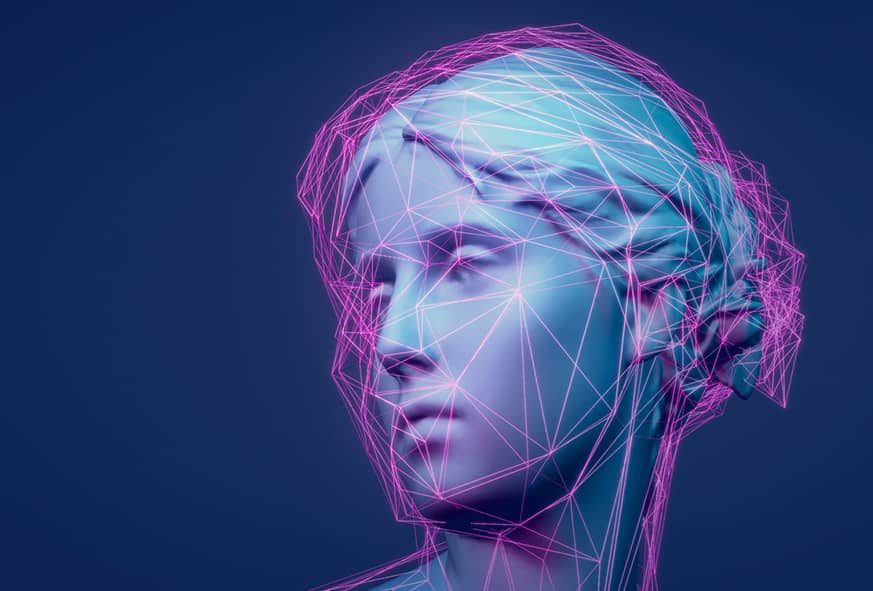In the fast-paced realm of technology, we’ve witnessed a remarkable transformation in recent years. Artificial intelligence (AI) has transcended its traditional boundaries, moving beyond rational computations and into the domain of human emotions. Welcome to the era of Emotion AI – a revolutionary field that empowers machines to not only recognize but also respond to our feelings.
Also known as Emotion Recognition Technology or Emotional Computing, this concept stands at the intersection of cutting-edge AI, machine learning, and human emotions. It involves teaching machines how to understand and interpret human feelings by analyzing various data inputs, such as facial expressions, voice tone, and text sentiments.
At the heart of Emotion AI lies Sentiment Analysis, an advanced technique that allows machines to detect and comprehend emotions from vast amounts of data. This technology enables machines to grasp not just what we say, but also how we feel when we say it.
The Inner Workings of Emotion AI
By utilizing deep learning algorithms, machines can now analyze facial expressions with astonishing accuracy, granting them the capability to recognize a spectrum of emotions – joy, sadness, anger, surprise, fear, and more. This breakthrough has far-reaching applications across various industries.
For instance, Emotion AI can elevate customer experience by enabling businesses to gauge real-time emotional responses. Marketing departments utilize this technology to assess customer reactions to their products or services, allowing them to tailor their campaigns accordingly.
Furthermore, Emotion AI is making waves in healthcare. With emotional analytics, medical professionals can better understand their patients’ well-being, even those who have trouble expressing their emotions verbally. It enhances the quality of care and promotes empathetic interactions between patients and caregivers.
The Synergy of Emotional Intelligence and AI
Emotional intelligence in machines, often referred to as Empathetic AI, is a rapidly evolving aspect of Emotion AI. It equips machines with the ability to not only recognize emotions but also respond to them in a meaningful and compassionate manner.
Imagine a virtual assistant that detects a hint of sadness in your voice and responds with a comforting tone, or a chatbot that perceives frustration and offers prompt solutions with empathy. These emotional nuances in AI interactions bridge the gap between humans and machines, making technology feel more human-centric.
Ethical Considerations of Emotion AI
As Emotion AI continues to make remarkable strides, it brings with it a host of ethical considerations that demand thoughtful exploration. While this technology holds immense promise, its potential impact on privacy, emotional manipulation, and bias raises crucial questions about its responsible implementation.
1. Privacy and Data Security: Emotion AI relies heavily on gathering and analyzing vast amounts of personal data, such as facial expressions and voice tones, to understand human emotions. This raises concerns about the privacy and security of this sensitive information. How can we ensure that this emotional data is protected and not exploited for unintended purposes? Striking a balance between the benefits of Emotion AI and safeguarding user privacy is paramount.
2. Emotional Manipulation: The ability of machines to detect and respond to human emotions raises concerns about emotional manipulation. If Emotion AI is used unscrupulously to influence emotions in individuals or manipulate their decisions, it could lead to unethical practices. Ensuring transparency in the use of this technology and safeguarding against its misuse is crucial.
3. Accountability and Transparency: Developers and organizations working on Emotion AI must be accountable for the ethical implications of their technology. Transparent practices in design, testing, and deployment of Emotion AI systems will build trust with users and stakeholders.
With machines now capable of understanding and responding to our emotions, the boundaries between human and machine are blurring. As we navigate this new frontier of Emotion AI, it is crucial to strike a balance between leveraging the technology’s capabilities for the betterment of society and preserving the human touch in our interactions. Emotion AI should be viewed as a complementary tool that empowers us to understand ourselves and others better, fostering empathy and emotional intelligence.

